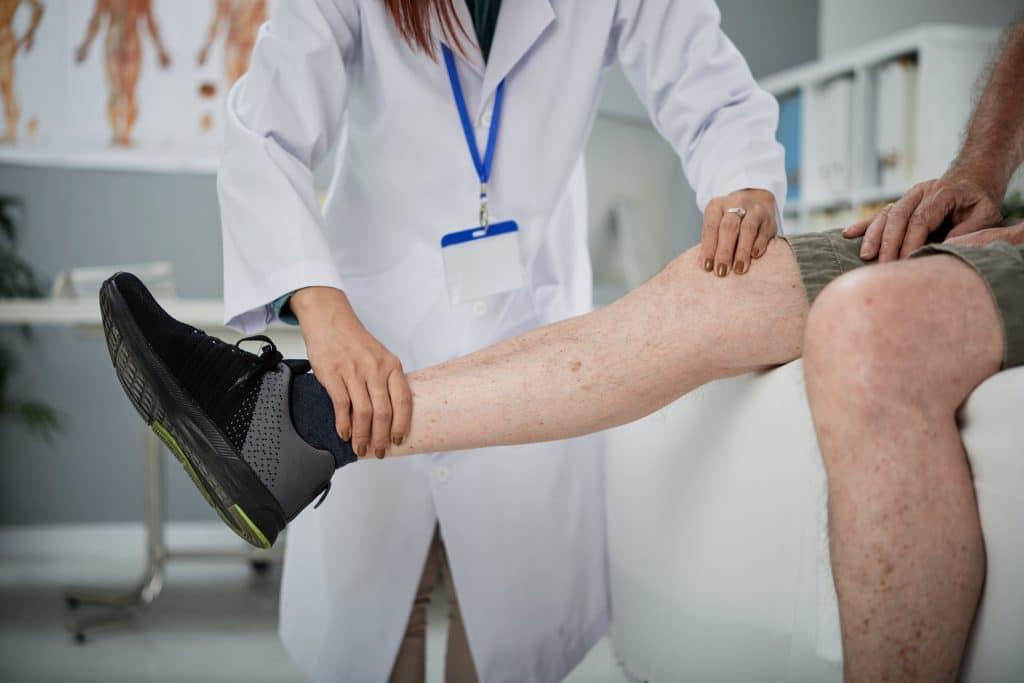
Here in Miami, we wear shorts, skirts, and bathing suits all year long. That means showing our legs to the world all year long. And if you suffer from spider veins or varicose veins, that can be an embarrassing proposition. But you aren’t alone. An estimated 23 percent of American adults live with varicose veins. While varicose veins are often harmless medically, they can be unattractive, uncomfortable, and sometimes a sign of other more serious issues. Fortunately, there are easy and safe ways to treat varicose veins and reduce their visibility.
Here is what you need to know about the condition and the signs you should look for to learn whether varicose veins are an issue for you.
What Are Varicose Veins?
Our veins send blood to the heart through one-way valves that help keep the blood flowing in the right direction. However, if these valves become damaged or weak, it can cause blood to get backed up and pool in the veins. This leads to swelling of the veins visible just below the surface of the skin, making them appear purple or blue. While varicose veins are most common in the legs, they can also form elsewhere in the body.
Many factors can increase your risk for varicose veins, such as family history, age, gender, pregnancy, leg trauma, or occupations that require lots of standing.
6 Signs of Varicose Veins
Keep your eyes peeled for any of these six common symptoms of varicose veins:
- Large and visible veins just under the surface of your skin.
- Mild swelling of your feet and ankles.
- Legs that feel painful, achy, or heavy.
- Leg throbbing or cramping.
- Itchiness on the ankle and lower leg.
- Discolored skin around the varicose veins.
Reducing the Appearance of Varicose Veins
Simple lifestyle changes can often reduce – but not eliminate – the appearance of varicose veins. Try the following if your veins are causing you to cover up:
- Avoid sitting or standing for extended periods.
- Keep your legs moving through exercise or other physical activity.
- Lose weight if you are overweight or obese.
- Avoid tight-fitting clothes.
- Avoid high heels.
Compression stockings can also help reduce the appearance of varicose veins by applying gentle pressure that prevents blood from pooling and reduces swelling.
Sclerotherapy at OrthoMiami
Of course, lifestyle changes alone won’t always do the trick. That is when you should consider professional treatment. At OrthoMiami, Dr. Cesar E. Ceballos has helped countless men and women alleviate the pain and embarrassment caused by varicose veins, spider veins, and other vein issues.
Sclerotherapy is the varicose and spider vein treatment choice for millions of people every year. Sclerotherapy minimizes the visibility of unsightly leg veins by injecting a sclerosant solution into the damaged veins, which causes the veins to collapse and become absorbed into the bloodstream eventually. We perform this safe and effective procedure at our offices, which usually takes less than an hour.
Ready To Do Something About Your Spider Veins? So Are We. Call OrthoMiami Today.
As an all-inclusive orthopedic facility, OrthoMiami is truly a one-stop shop for a wide range of orthopedic and related issues, including spider veins and varicose veins. The OrthoMiami team always welcomes new patients and can generally schedule new patient appointments within a couple of days.
Please contact us today at (305) 596-2828 to schedule your appointment. We look forward to meeting you.